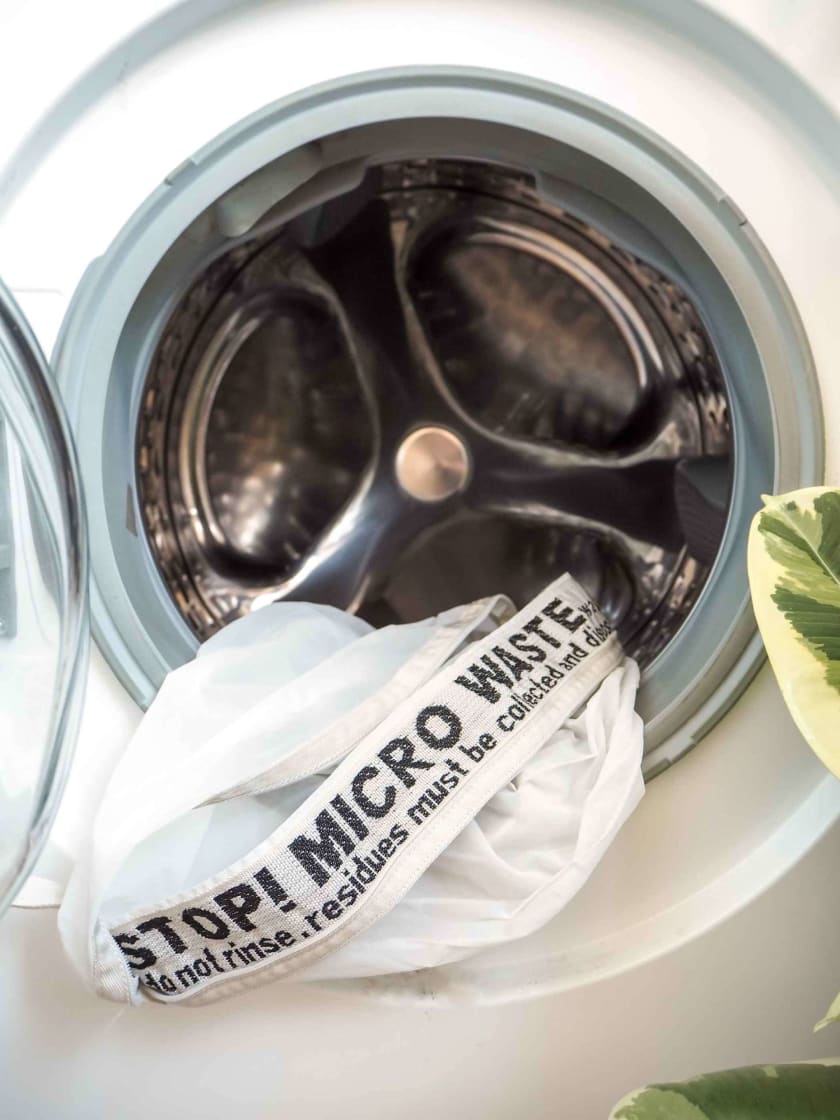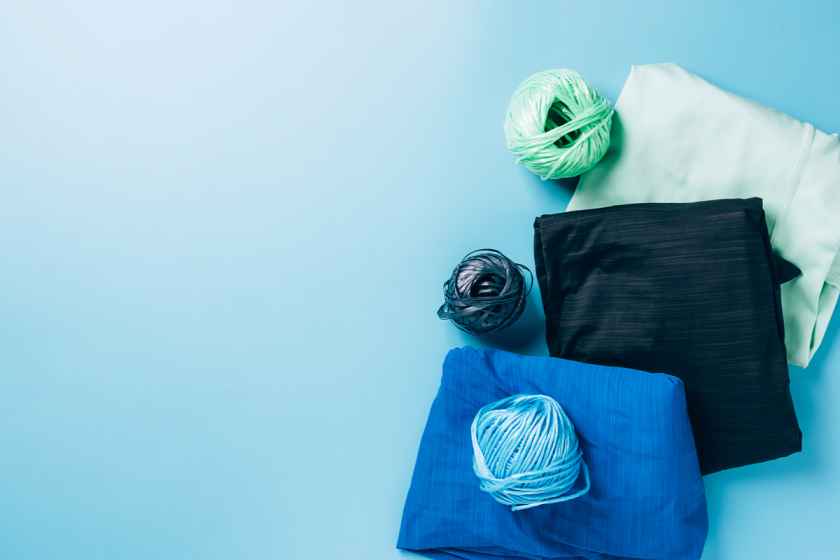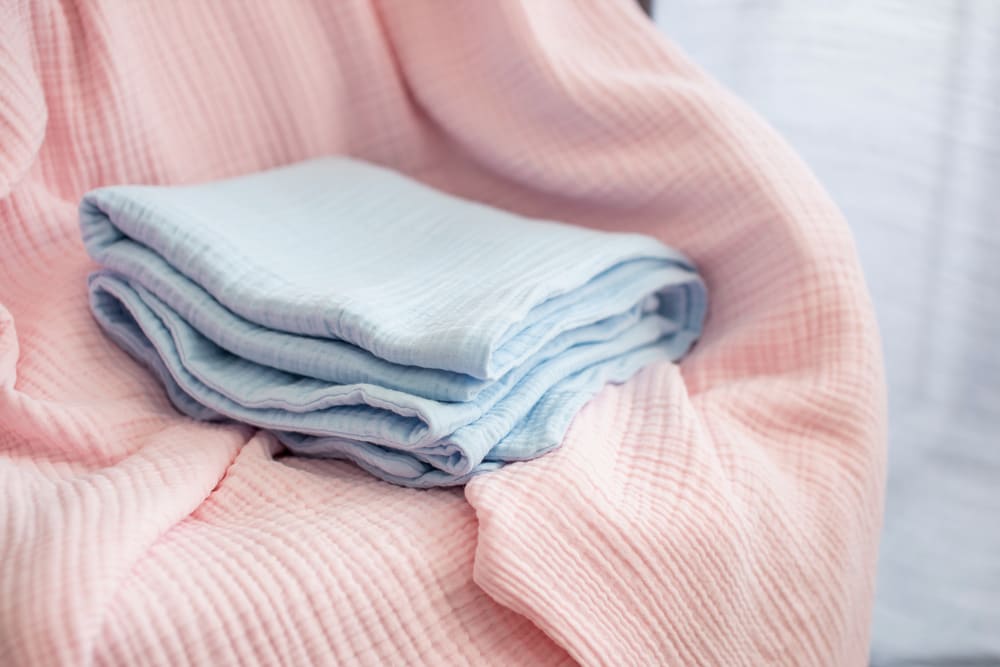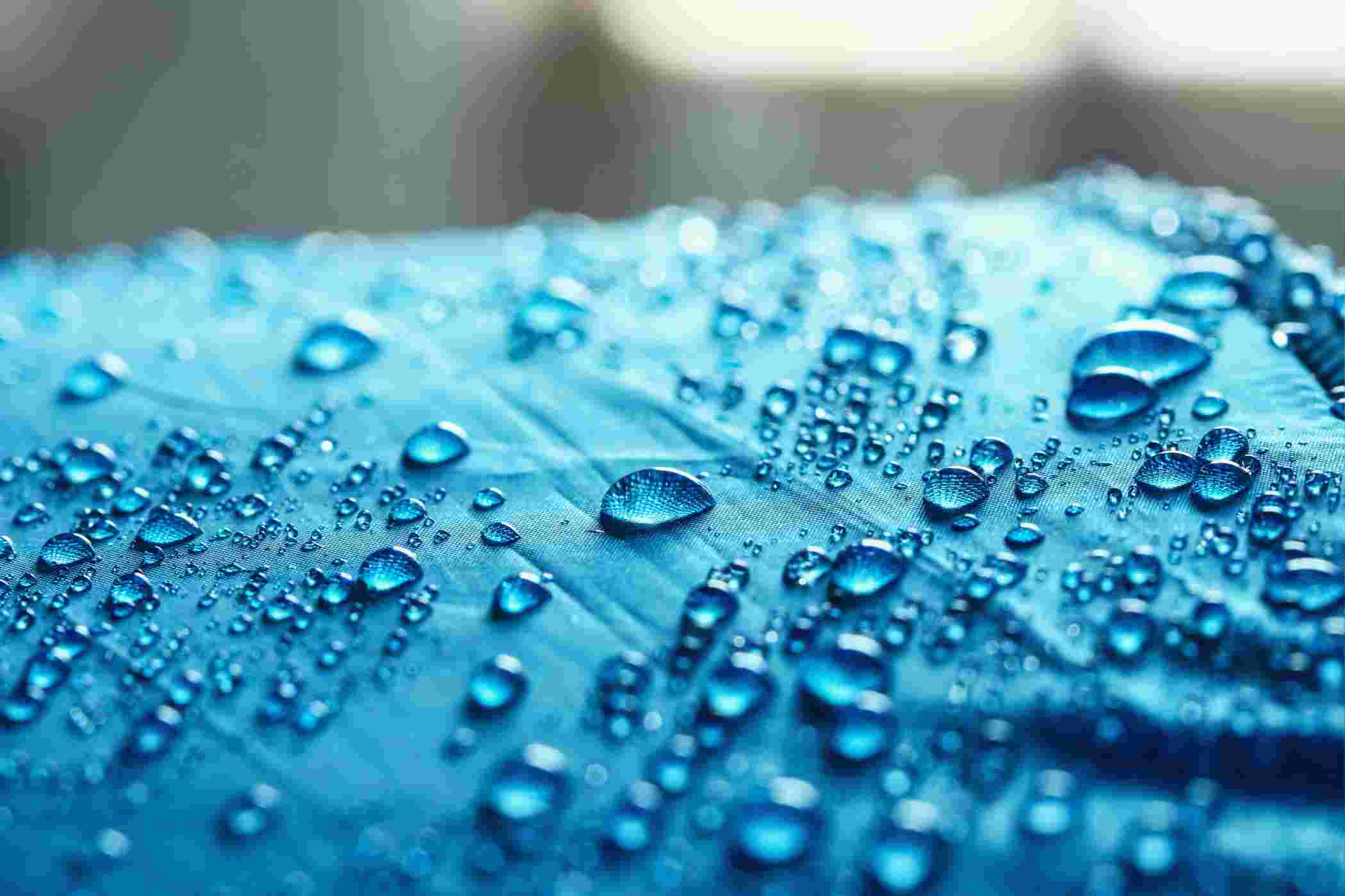What is Microfiber Fabric Pollution?



Did you know that the clothes we wear can cause microfiber fabric pollution?
While we always focus on plastics and other non-biodegradable materials when talking about microfiber, the clothes we wear produce an estimated 8 million tons of microfiber. Most of our clothes are in the form of or derived from polyester, rayon, nylon, and acrylic.
When we wash our clothes, they shed tiny amounts of lint; these tiny fragments are microfibers. Microfibers are found all over the ecosystem and the environment in such small sizes that probably no one would be bothered about them. These pieces are less than 5 mm in diameter and are one of the most critical pollutants of the ecosystem.
Researchers and scientists have found these microfibers from seashore lines up to the sea floors. They also indicate their presence in the remotest areas and diverse ecosystems such as the Alps, national parks, snow-clad mountains till the Arctic. For this reason, it is imperative and critical to prevent microfiber fabric pollution and control it effectively.
Washing and manufacturing of clothes is a primary contributor in adding to microfiber fabric pollution. Washing a single household’s clothes alone adds an estimated 135 gms of microfiber to the environment per year.
Although wastewater and filtration plants try to filter out the microfibers during treatment, some of them are so small that they pass through the systems and enter our waterways and ultimately into the oceans. Scientists are only beginning to estimate the impact of microfiber fabric pollution on the environment and other beings.
Health Problems Caused Due to Microfibers
The rigorous washing of synthetic clothes in a washing machine causes much wear-and-tear on clothes, leading them to shed a lot of microfibers in the form of tiny particles into the wastewater. When the filtration plant is unable to clean these particles, they enter our wastewater supplies. The wastewater supplies are drained into water bodies.
Microfibers invariably attract organic pollutants. These organic pollutants contaminate food and water and make us sick. These pollutants also enter our ecosystem and food chain through species such as fish, dogs, cats, cows, buffaloes.
Because we are so dependent on fast fashion, washing machines and other synthetic materials such as dyes and high demands for fashion clothing lines have drastically increased microfiber fabric pollution. Just as air pollution causes our lungs to deteriorate, plastic and microfiber can affect our lung tissues. Therefore, microfiber fabrics pose a significant threat to the existence of all beings on the planet.
The efforts taken to curb microfiber fabric pollution are immense, but probably it would take years to first clean out the residual microfiber on the planet and then find a way to stop this pollution. Every step taken in this direction is crucial, and there is a need to reduce large-scale microfiber shedding in the global production of textiles.
More and more microfibers are accumulating in our waterways. The best available solution is to trap the microfiber before it leaves the household. Most washing machines are not well-equipped with fine microfiber collecting mechanisms. However, several companies worldwide are trying to work upon the idea.
Polyester microfibers consist of polyamide. Polyester is made of plastic and is one of the by-products of nylon. The fiber is porous and delicate and dries out quickly.
Steps to Stop Microfiber Fabric Pollution
1. Washing clothes less often:

This strategy is one of the simplest and most effective ways to control microfiber fabric production. It involves less wringing and less rigorous washing. Frequent washing of clothes makes them more vulnerable to breakage and damages, thus causing more microfiber production.
2. Always wash in a full load:
A fully loaded washing machine causes less friction between clothes. This approach makes clothes less vulnerable to breakage and reduces the micro shedding of synthetic fibers.
3. Use cold water:
Hot water is often more damaging than cold water. Washing laundry at high temperatures causes fabric linkages to break down much more quickly. Also, cold water retains the colors and longevity of clothes.
4. Choose front-load washing machine:
A front-load washing machine produces fewer microfibers than a top-load machine, as stated by a study done in 2016 by the University of California at Santa Barbara.
5. External microfiber filter:
An extra microfiber-catching laundry bag will help extract the excess lint from your clothes. When washing a microfiber fabric, you can use this additional filter to collect and throw the fibers later. Also, rather than just dumping clothes in a washer, you can use wash bags or laundry balls specifically to catch extra microfiber.
6. Throw lint in the trash:
Once the washing bag accumulates the lint after washing clothes in a machine, throw it into the trash can rather than washing it away in the drain.
7. Switch to mild detergents:
High chemical agents such as bleach and other harsh chemicals break down the cloth. Try switching harsh detergents with mild fabric softeners to prevent microfiber production.
Responsibilities for Sustainable Fashion from Fashion Designers
The world is working towards making a sustainable fashion industry. Companies and clothing industries are promoting research to devise new ideas for sustainable fashion. The amount of microfiber that a garment sheds during wear-and-tear depends upon the cloth’s age, construction, material, and chemicals used during its manufacturing.
The complexity of textile production makes identifying how we can reduce microfiber production a challenging job. While scientists are doing their parts, it makes the fashion designer equally responsible for microfiber production. So, there is a need to introduce efficient large-scale changes in the production and usage of textiles globally.

Let us see how.
1. Design for sustainability:
Fashion designers should be conscious of how the materials they use can negatively impact the environment and the health & comfort of living beings. They should make their designs sustainable. The objectives are simple: reducing non-renewable sources consumption, decreasing waste, and producing a productive & desirable environment.
2. Use of material:
Use sustainable fabrics as much as possible. As nylon and other synthetic materials are considered microfiber fabric, cotton, khadi, mul cotton, and linen are sustainable fabrics that cause less harm to the environment.
3. Material processing and manufacturing:
Try consolidating sourcing, and use recycled and certified materials, such as cotton, hemp, linen, and pure wool. These materials are 100% recyclable, and when mixed with other materials, can be as durable as any other synthetic material.
4. Reuse and recycle:
There is no need to throw away fabrics; one can reuse them in one way or another, recycling them several times. One can also donate them. Most of the textiles, which were once wearable clothes, find utilization as rugs and carpets.
5. Say no to fast fashion:
A fashion designer can slow down the process of fast-changing fashion trends by creating timeless pieces that people can wear for years to go.
Final Words
Microfiber fabric pollution is one of the biggest problems and concerns for the environment. And fashion designers play a critical role in controlling it.
Sustainable fashion practices will help to reduce microfiber production wastage.
A designer should focus on creating a company based on sustainability strategies. They should optimize funds and resources for clothing, material processing, and manufacturing. With effective use of resources and use of technology, one can reduce microfibers.
Fashinza is a great website for checking options for selection, purchase of fabric, and related information. You scroll through the site for thorough information about fabric-related queries. So, reach out to Fashinza to source your clothing needs.



















